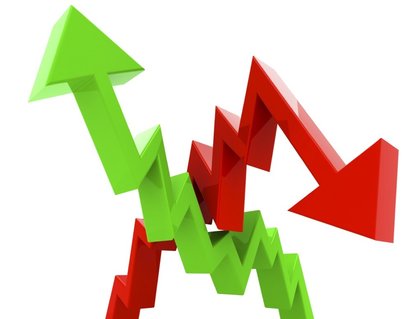Asking prices in February rose 7.0 percent in the Trulia Price Monitor, as the increasing demand in the U.S. housing market continued to push asking prices higher.
From January to February, asking prices rose 1.4 percent, and prices are also up 3.0 percent from the previous quarter – both of which are post-recession highs, according to Trulia. On a more local level, asking prices were up in 90 of the 100 largest metropolitan areas.
Trulia Price Monitor – Asking Prices Exceeding with Rents?
Excluding foreclosures, asking prices were up monthly and yearly by 1.6 percent and 7.4 percent, respectively, and interestingly, increases in asking rents seem to be slowing down.
For the second month in a row, now, asking rents have been more tepid, rising just 3.2 percent year-over-year (that’s compared to a 5.4 percent yearly increase back in November).
Here in Chicago, asking price increases were more modest in February, rising 0.8 percent from last year; however, prices were up a healthy 3.1 percent from last quarter, suggesting that Chicago’s housing market may have made some strides in the last year. Meanwhile, the city’s rental market remains strong, with asking rents up 4.8 percent.
Carmen Rodriguez, an agent with Coldwell Banker in Edgebrook, said that there are specific sections in Chicago that are seeing definite upticks in activity and prices.
“Asking prices and sale prices are both up in the Hollywood-North Park neighborhood; in some pockets, there’s a double-digit change YOY from 2011 to 2012, and 2013 is looking to be the same. This has to be taken into consideration in light of the double-digit downs we’ve had in the past, but there’s no mistaking the up-swing in our market.”
What’s the Deal with Housing Inventory
A new aspect to February’s Trulia Price Monitor was it’s focus on housing inventory, and how we may want to buckle our seat belts for more months of tight housing supply.
As Jed Kolko, Trulia’s chief economist, explained it, housing inventory falls most dramatically after home prices bottom, with sellers opting to hold off on listing their homes and instead wait for prices to fully recover – a process that, as any listing agent knows, spurs on home price increases even further, as buyers compete for fewer and fewer available homes.
Though higher home prices do, in the long term, add to housing inventory, Kolko estimates that it will take “at least another year” before housing inventory starts to pick up, considering that it was only a year ago that home prices bottomed and began to rise.
“Housing inventory is scarce across the country and will probably be even tighter this time next year,” Kolko said. “However, inventory is declining more slowly now than it did a year ago, when prices bottomed. The inventory turnaround depends not only on how fast prices are rising today, but also whether prices have been rising long enough to encourage homeowners to sell and builders to build.”

